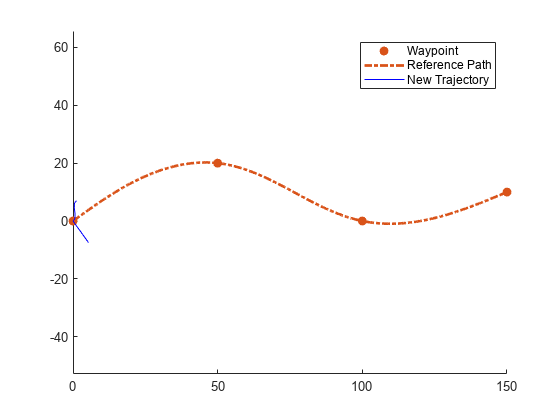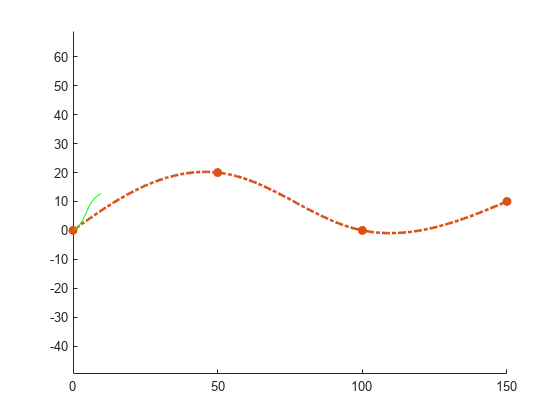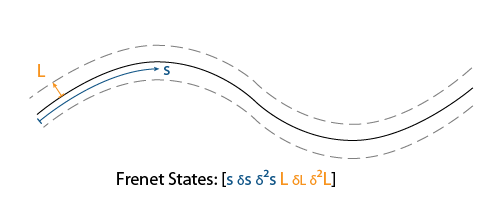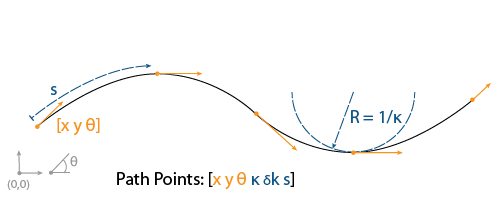connect
Connect initial and terminal Frenet states
Syntax
Description
frenetTrajectory = connect(connectorFrenet,initialState,terminalState,timeSpan)
[___,
returns the trajectories in global coordinates in addition to all arguments in the previous
syntax.globalTrajectory] = connect(___)
Examples
Input Arguments
Output Arguments
Extended Capabilities
Version History
Introduced in R2020b





